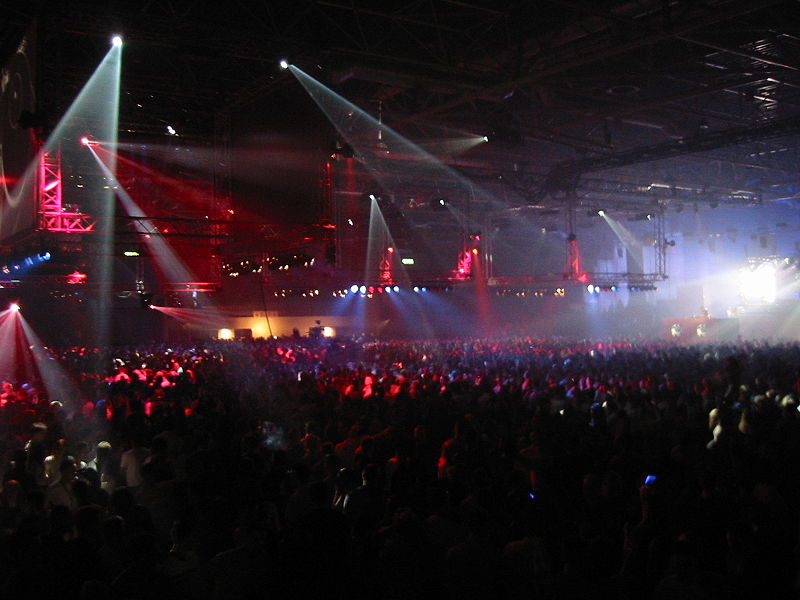House vs Trance
House and Trance are both types of electronic dance music that are often considered as distinct genres. Although they share a similar beat structure, they differ in their baseline, with House having a more prominent baseline. This article aims to explore the differences between these two variations of music.
What is House?
House music originated in Illinois in the 1980s and gained popularity among African-American, Latino-American, and gay dancers in the US before spreading to Europe. House music was inspired and influenced by disco and funk music and heavily utilizes electronic drums. A prominent baseline is a characteristic of house music, and the 4/4 beat was widely used during its development. House music emphasizes repetitive rhythms, often prioritizing them over the song itself. Modern house music has evolved from its earlier form, leading to new variations such as Deep House, Micro House, Tech House, G House, and Bass House. Notable artists who have incorporated house music into their work include Paula Abdul, Janet Jackson, and Madonna.
What is Trance?
Trance music is another variation of electronic dance music that shares a similar beat structure with house music. However, it differs from house music due to the live-sound feel inherent in house music. Trance music allows for tension to build until the beat drops, and features several sub-genres such as acid, classic, and uplifting trance. While melody is a key feature of house music, rhythm is the hallmark of trance music. In trance music, long breaks without beats can be found, whereas beats are an essential component of house music.
Key Takeaways
- House and Trance are different types of electronic dance music.
- Melody is the hallmark of house music, while rhythm is the hallmark of trance music.
- Trance music can have long breaks without beats, while beats are essential in house music.
